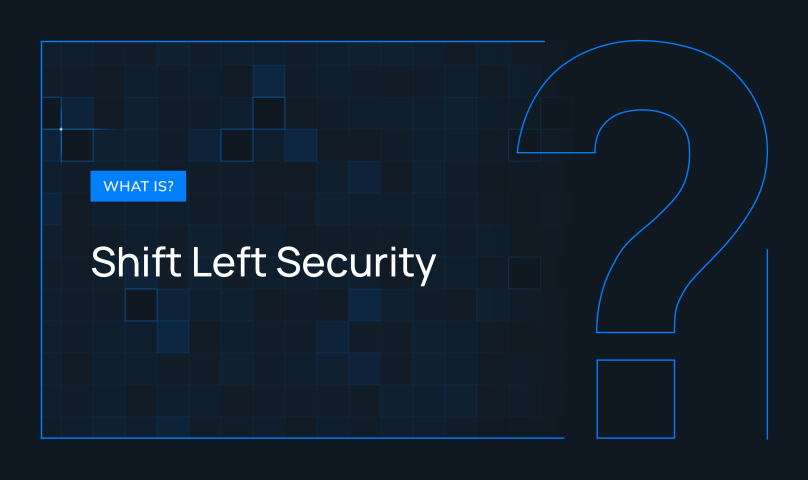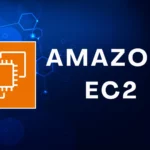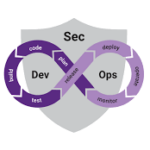
In the era of cloud-native applications and rapid release cycles, software teams are under increasing pressure to deliver faster without compromising quality or security. As DevOps continues to drive innovation and streamline workflows, the need for secure-by-design practices is more critical than ever. This is where the “Shift Left” strategy becomes a game-changer—especially when developers are empowered to take ownership of security.
What Does “Shift Left” Mean in DevOps?
The term “Shift Left” comes from the idea of moving key activities—like testing, quality assurance, and especially security—to earlier stages of the software development lifecycle (SDLC). Traditionally, security checks were performed after development, just before deployment, often leading to last-minute delays, costly fixes, or worse—vulnerabilities in production.
In the Shift Left model:
- Security becomes an integral part of development.
- Developers proactively address vulnerabilities during code creation.
- Tools and processes are designed to detect issues early and automatically.
This proactive approach doesn’t just protect applications—it transforms security from a bottleneck into a competitive advantage.
Why Shifting Left Matters for Security
Incorporating security early in the pipeline isn’t just a best practice—it’s essential. Here’s why:
1. Early Detection Saves Time and Cost
Fixing a vulnerability during the coding phase is exponentially cheaper than doing it after deployment. The earlier a bug or flaw is found, the less disruptive and expensive it is to fix.
2. Reduces Security Debt
Just like technical debt, unresolved security flaws can accumulate over time, becoming harder to manage. Shifting left helps continuously reduce this debt with ongoing remediation.
3. Enables Faster, Safer Releases
When security is automated and part of the CI/CD pipeline, it doesn’t slow teams down—it accelerates them. Developers get quick feedback, and security becomes part of the delivery process, not a roadblock.
4. Improves Team Collaboration
Security is no longer the exclusive domain of InfoSec teams. Developers, operations, and security specialists work together from the beginning, fostering a culture of shared responsibility.
5. Builds Security Awareness
With integrated tools and regular feedback, developers start learning from real scenarios. This gradually improves secure coding skills across the team.
Empowering Developers: The Cornerstone of Shift Left
To effectively shift left, organizations must invest in developer enablement. Developers are on the front lines of software creation—equipping them to handle security responsibilities is both logical and strategic.
Here’s how to empower developers to own security:
1. Integrate Security into Development Tools
The best way to promote secure coding is to make it part of the development environment. This includes:
- Static Application Security Testing (SAST) integrated into IDEs
- Software Composition Analysis (SCA) tools that detect vulnerable dependencies
- Secret scanning tools that identify hardcoded credentials
- Container scanning tools for image vulnerabilities
By surfacing security issues within the tools developers already use, you make secure development seamless and non-intrusive.
2. Implement Automated Pre-Commit Hooks
Pre-commit checks are an underrated powerhouse of shift-left security. These automated scripts run before code is committed to version control and can:
- Block commits with known vulnerable packages
- Identify secrets in code
- Flag bad coding practices
- Enforce formatting and style guides
Tools like pre-commit framework, TruffleHog, or GitLeaks can be integrated directly into a developer’s workflow.
3. Adopt Policy-as-Code and Infrastructure as Code Scanning
As DevOps teams increasingly manage infrastructure through code (IaC), it’s vital to enforce security policies in the same way:
- Use Policy-as-Code tools like Open Policy Agent (OPA) to enforce compliance rules automatically.
- Use tools like Checkov, tfsec, and KICS to scan Terraform, CloudFormation, and Kubernetes manifests before deployment.
This ensures that both the application and the infrastructure are secure by design.
4. Train Developers in Secure Coding Practices
Empowering developers means educating them. Offer:
- Hands-on security workshops
- Capture-the-flag (CTF) games focused on vulnerabilities
- Secure coding certifications and training paths
- Playbooks for secure design and threat modeling
Make security part of the engineering culture, not a separate checklist.
5. Provide Clear and Fast Feedback
Automated security scans are only useful if they provide immediate, actionable feedback. Avoid vague warnings and cryptic errors. Instead:
- Offer clear descriptions of what’s wrong
- Suggest how to fix the issue
- Integrate with tools like Slack, Jira, or GitHub to keep feedback in context
This reduces friction and encourages developers to act swiftly.
Real-World Example: Shifting Left in Action
Let’s say a developer writes code that includes a dependency with a known vulnerability. As soon as they push the code, the pipeline runs an SCA tool that flags the risk. The developer gets a notification with a recommended fix (e.g., upgrading the package). The CI pipeline blocks the merge until the issue is resolved.
What would’ve taken hours or days to discover in traditional workflows is now fixed in minutes—before it becomes a security incident.
Challenges to Anticipate
While shifting left has clear benefits, it comes with challenges:
- Tool overload: Integrating too many tools can slow down development and confuse teams.
- Learning curve: Developers may initially resist or struggle with new security responsibilities.
- Cultural change: It takes time to shift from reactive security to proactive ownership.
The key is to start small, measure progress, and scale gradually with the right balance between tooling, training, and culture.
Conclusion: Shift Left is a Mindset Shift
DevOps was always about breaking silos and creating shared responsibility. Shift Left Security takes that idea further by making every developer a key player in security. It’s not about turning developers into security experts—it’s about giving them the tools, knowledge, and feedback to make secure choices every day.
In the end, the most secure applications are built by teams who treat security not as an afterthought, but as a core part of quality.
Follow us for more Updates













